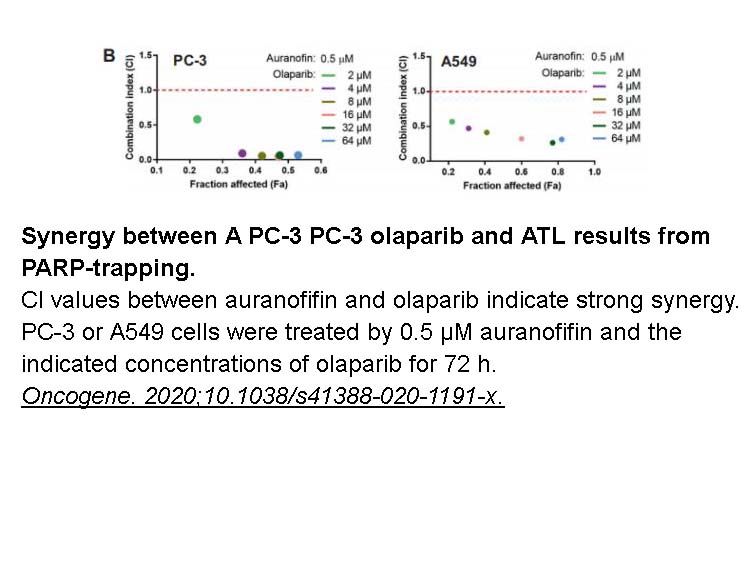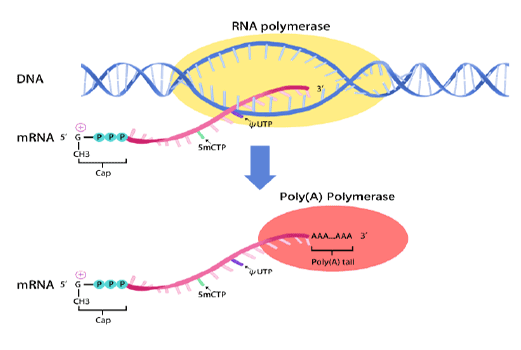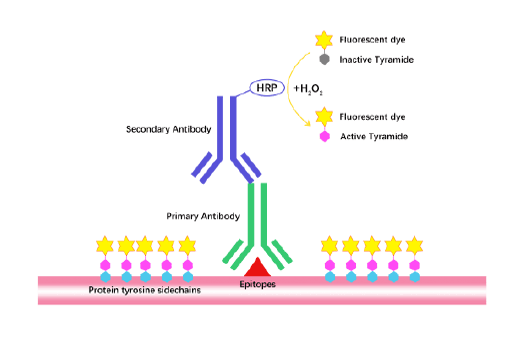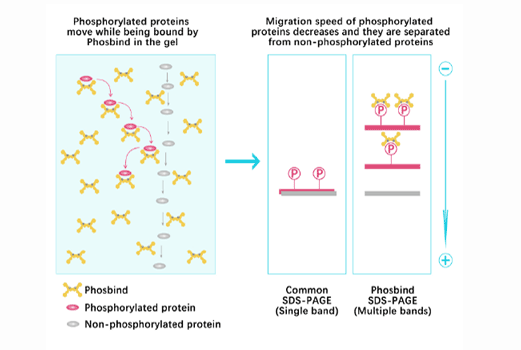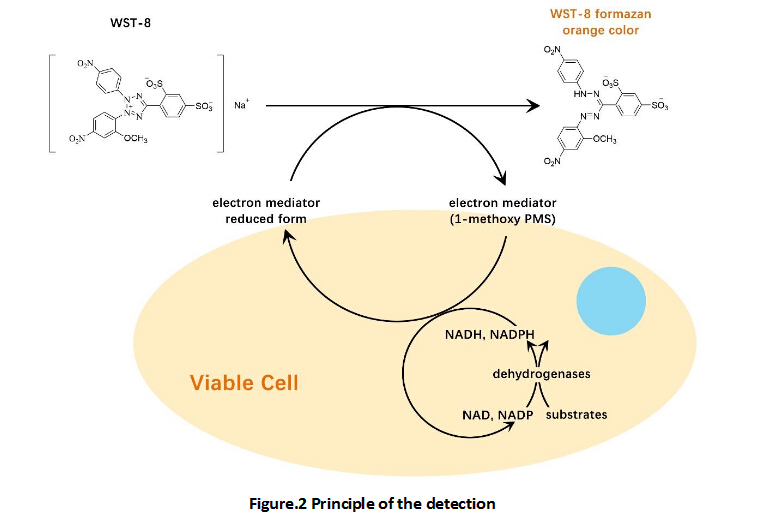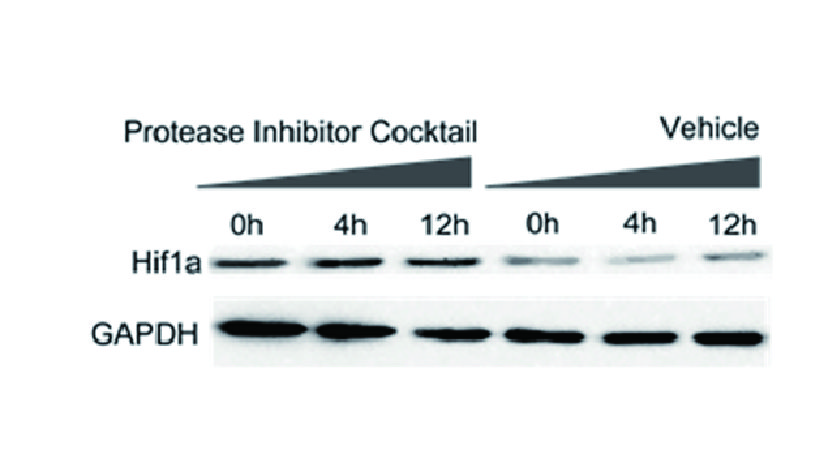Auranofin
Auranofin (CAS: 34031-32-8) is a small molecule inhibitor targeting thioredoxin reductase (TrxR), a flavoenzyme responsible for channeling electrons from NADPH to thioredoxin, crucial in various physiological processes including apoptosis and oxidative stress response. Auranofin inhibits TrxR with an IC50 of approximately 88 nM. In assays against Helicobacter pylori, this inhibitor suppressed bacterial growth at concentrations around 1.2 μM. Additionally, treatment of murine 4T1 and EMT6 tumor cells with Auranofin (3–10 μM) enhanced their sensitivity to radiation treatment, underscoring its potential for biomedical research in oncology and antimicrobial studies.
- 1. Yang Wang, Hongmei Ding, et al. "Alleviated NCOA4-mediated ferritinophagy protected RA FLSs from ferroptosis in lipopolysaccharide-induced inflammation under hypoxia." Inflamm Res. 2024 Mar;73(3):363-379. PMID: 38189810
- 2. Wang H, Zhang S, et al. "Synergistic lethality between PARP-trapping and alantolactone-induced oxidative DNA damage in homologous recombination-proficient cancer cells." Oncogene. 2020;10.1038/s41388-020-1191-x. PMID:32029902
| Physical Appearance | A solid |
| Storage | Store at RT |
| M.Wt | 678.48 |
| Cas No. | 34031-32-8 |
| Formula | C20H34AuO9PS |
| Solubility | ≥67.8 mg/mL in DMSO; insoluble in H2O; ≥31.6 mg/mL in EtOH |
| SDF | Download SDF |
| Canonical SMILES | O=C(C)OC1C(OC(C)=O)C(OC(C)=O)C(COC(C)=O)OC1[S-].CCP(CC)CC.[Au+] |
| Shipping Condition | Small Molecules with Blue Ice, Modified Nucleotides with Dry Ice. |
| General tips | We do not recommend long-term storage for the solution, please use it up soon. |
| Cell experiment:[1] | |
|
Cell lines |
PC3 human prostate cancer cells |
|
Reaction Conditions |
3.125 ~ 100 μM auranofin for 24 h incubation |
|
Applications |
Treatment with auranofin significantly inhibited cell viability with an IC50 value of 2.5 μM after 24 h. Auranofin treatment (1.25 ~ 10 μM) activated caspase-3 and caspase-8 in a concentration-dependent manner and decreased the levels of mitochondrial anti-apoptotic factors, such as Bcl-2 and Bcl-xL. |
| Animal experiment:[2] | |
|
Animal models |
4T1 tumor-bearing mice |
|
Dosage form |
3 mg/kg Administrated subcutaneously from day 6 to 10 and day 13 to 17 |
|
Applications |
In 4T1 tumor-bearing mice, auranofin combined with buthionine sulfoximine, subcutaneously administrated at the concentrations of 3 and 25 mg/kg, respectively, enhanced tumor radioresponse, resulting in a tumor growth delay of 13 days, and thereby significantly increased the medium survival rate, while neither of these pharmaceuticals were effective when administered on their own. |
|
Note |
The technical data provided above is for reference only. |
|
References: 1. Park N, Chun YJ. Auranofin promotes mitochondrial apoptosis by inducing annexin A5 expression and translocation in human prostate cancer cells. The Journal of Toxicology and Environmental Health, Part A: Current Issues, 2014, 77(22-24): 1467-1476. 2. Wang H, Bouzakoura S, de Mey S, et al. Auranofin radiosensitizes tumor cells through targeting thioredoxin reductase and resulting overproduction of reactive oxygen species. Oncotarget, 2017, 8(22): 35728-35742. |
|
Quality Control & MSDS
- View current batch:
Chemical structure
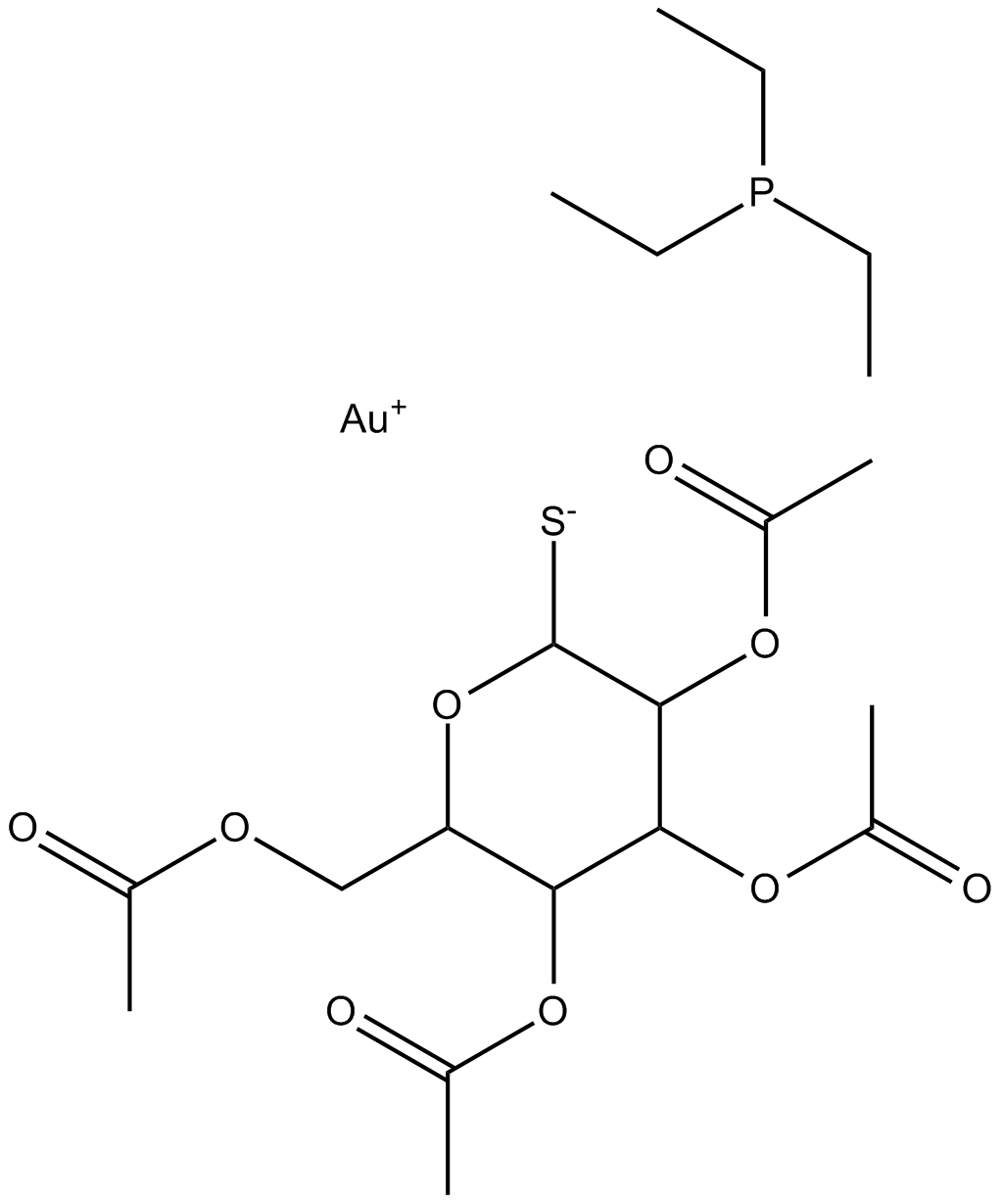
Related Biological Data
